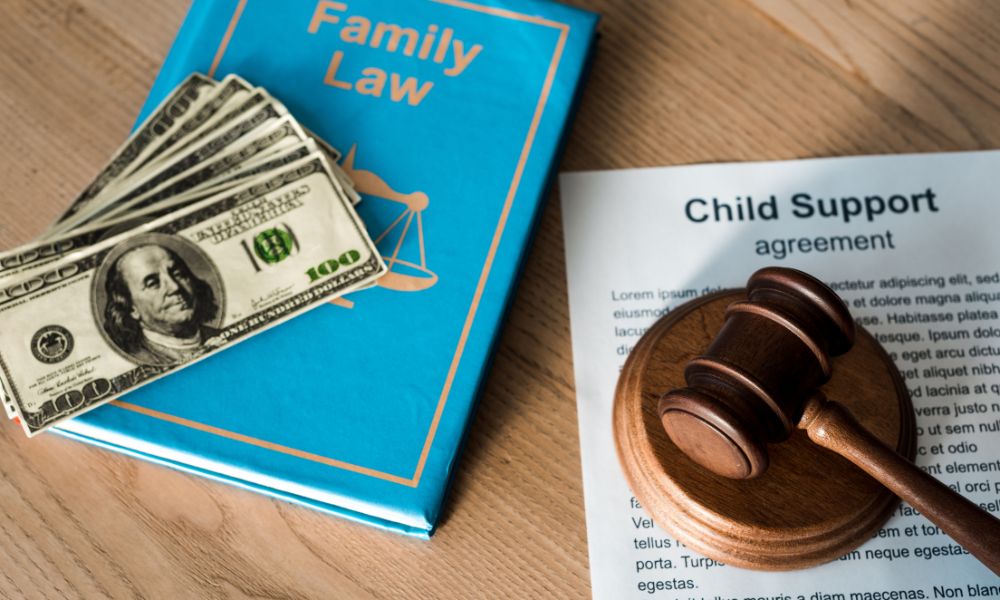Inside the Collaborative Divorce Process
Though divorce is sometimes not only unavoidable, the stressful and drawn-out process of family court litigation is rarely anyone’s ideal situation. Fortunately, the advent of alternative dispute resolutions, or ADRs, has made it possible to avoid going straight to court for a divorce. While a judge must approve any divorce, the proceedings can transpire outside the courtroom, just as many cases are “settled on the courthouse steps.” One such means that has enjoyed increased popularity is collaborative divorce. We’ll take you inside the collaborative divorce process so you may determine whether this approach fits your situation.
Exploring Other Options for Dispute Resolution
The collaborative process is not the only option you and your spouse have for obtaining a divorce and finalizing a settlement agreement. It is but one of many alternative dispute resolutions that have arisen as a way to expedite the backlogged dockets of family courts and to obviate the unpleasantness and public disclosures of traditional litigation. Your financial resources and the status of your relationship with your spouse will determine whether collaborative divorce is indeed the most appropriate avenue for resolving your dispute. Rather than explore collaborative divorce, you may wish to come to an agreement through mediation. In this resolution process, you and your spouse will hire a licensed mediator, or a neutral arbitrator, who will facilitate discussions and strategies in an attempt to guide both of you through a settlement agreement. Many couples appreciate that mediation keeps divorce proceedings out of the courtroom and the ensuing public record, not to mention that the costs of hiring a mediator are lower than those of hiring respective divorce attorneys. Even more affordable than mediation is the do-it-yourself approach to divorce, wherein both spouses complete boilerplate paperwork and forgo representation altogether in a swift and diplomatic conclusion to their marriage.
While some couples can manage their divorces with less time and money than collaborative divorce demands, at the other end of the continuum, extenuating circumstances and personal acrimony can preclude even the more advanced collaborative process. In these instances, alternative dispute resolutions prove unviable. If spouses cannot negotiate in good faith, collaborative divorce is not an option, nor is mediation or negotiating one’s own terms without representation. Should this be the case, the only remaining strategy is to go directly to family court in order to obtain a divorce. The discovery and litigative processes of a court hearing are themselves often quite unpleasant for all parties involved, which is what motivates so many couples to avoid going to court for a resolution.
Securing Respective Legal Representation
Once you and your spouse have decided that collaborative divorce is indeed the best option for your situation, you will each need to hire separate attorneys—just as you would if you were headed to a real divorce court. However, your respective attorneys will work outside the courtroom to resolve your dispute. The lawyers you secure will be specially trained in the area of collaborative law, making them particularly adept at civilly and constructively negotiating outcomes that will lead to the best possible outcomes for their respective clients. Unlike a mediator, who acts as a mutually agreed-upon third party in divorce proceedings, collaborative divorce lawyers will be decided advocates for their clients.
Signing a Participation Agreement
After each side has retained an attorney, the collaborative divorce process begins in earnest with all parties signing a participation agreement. By signing this document, the spouses agree to commit to the collaborative divorce process by seeing it through to its completion—in other words, they agree not to pursue traditional litigation in family court. Breaching the participation agreement has serious ramifications for the continuation of the process. If one spouse decides that the collaborative process is not a sufficient means of resolution, both parties will have to start fresh. In going to court following the nullification of a participation agreement, each spouse’s attorney will be disqualified from further representation in a courtroom setting. This means seeking and retaining brand-new attorneys, who will need time to acquaint themselves with your case before proceeding further, all while you’ve accrued billable hours for lawyers who cannot represent you anymore and were unable to bring you to a reasonable and equitable compromise. The thought of throwing money away in such a manner motivates most parties to abide by the terms of the participation agreement.
Bringing Other Professionals Into the Collaboration
Collaborative divorce can truly be a team effort. In order to implement as much experience and expertise into the proceedings, many attorneys and their clients decide to introduce specialists to lend their insight. Such specialists often include financial professionals, who are able to assist in handling complex issues regarding division and divestiture of assets and liabilities. Child specialists often join collaborative divorces to handle delicate issues regarding child custody, support, and the emotions of children who are caught in the middle of the divorce. An emerging specialization in the support roles of collaborative divorce is the “divorce coach,” who works alongside clients to aid them in successful communication strategies that ensure that the collaborative process continues unabated, avoiding a costly nullification of the process. On select occasions when the process becomes quite involved, the attorneys may even bring a mediator in to help with facilitating discussions.
The Negotiations
With the team in place, negotiations begin. In these sessions, you, your spouse, and your respective attorneys will go over the financial and parental terms of your divorce settlement and arrive at conclusions that both parties can agree on. Integral to a successful collaborative divorce is the insistence upon a civil, good-faith, and respectful dialogue between spouses. Negotiations that become too acrimonious to continue will endanger the sizable investment of time and resources. This is where the aforementioned divorce coaches often come in. While the adjunct experts and specialists may not be involved throughout every session, at no time will either spouse be without their primary divorce attorney.
Finalization
After both spouses and their attorneys have satisfied all the requirements of the divorce settlement, you and your spouse will sign documentation affirming that the results of the collaborative divorce process are legally binding. Upon filing the documents, this agreement will go before a judge for final approval. After a cursory inquisition into the agreement, you should expect the judge to approve the agreement and finalize your divorce—all without the high court costs and the public spectacle that traditional litigation can bring about.
Having looked inside the collaborative divorce process, it’s up to you and your spouse to decide whether you’re an ideal candidate for this method of dispute resolution. If the two of you believe this is the appropriate choice, the firm of Schiller DuCanto & Fleck provides collaborative divorce in Illinois featuring trained attorneys with years of experience in achieving successful outcomes for their clients.





